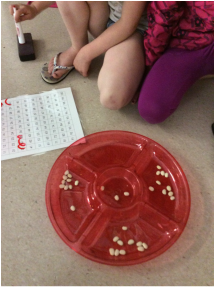 It has now been eight months since I began my position as an Early Numeracy Teacher in Surrey. My learning curve has been steep this year and I have loved every minute of it. I am trying new things and constantly reflecting and deepening my understanding of how children develop number sense. This learning brought me a renewed energy and passion for teaching. One of the many activities I have been working with this year, is "Counting Collections". I initially read about it in Math Exchanges by Kassia Omohundro Wedekind and decided to give it a try. Quickly I saw the rich learning that resulted from this activity. Students were able to show their understanding of:
I began by reading aloud the book How Many Snails by Paul Giganti. The children enjoyed counting the different items on each page. After reading a few pages, we discussed how challenging it was to count some of the items, as the items were disorganized on the pages. I asked how the illustrator could have made the items easier to count. The child had lots of great ideas suggesting he could group the items. Next I shared with the students that we would be using different math "tools" to assist us in counting items in an organized way. I modelling with the class as a whole group. I took out a bag of items and placed them on the carpet. The students provided several estimates of how many they thought there were and then I showed the students a few math "tools" that I thought they might find helpful in assisting us to count the items. I did not tell the students how to use the tools. Instead I showed them an ice-cube tray and passed it around and asked if they had any ideas how we could use it to help us. One student suggested putting an item in each spot and then showed how we could count by 2's. I did the same thing with other "tools" such as an image of a hand, which the students noticed could be used to count items in groups of five. I found the best way to organize by collections was to use the $4.99 clear totes from Michaels. I have three totes with baggies of items, ranging in numbers from 1 - 20, 21 - 50, and 51 - 100. I also have lots of different mathematical "tools" for the students to use to organize their items and assist them with counting, such as:
After doing several examples with the class, I modelled how to work with a partner to count a collection. Together both students determine a plan for how they will count their items. Next they organize their items. The students can count together and then independently each of them checks their count. Once they believe they know how many, they record the numeral on a sticky note. Early on in the year, the students needed number lines or hundreds charts to help them know what the corresponding numeral looked like. Although they may have been able to orally say "23" they did not know how to write it. After the students have recorded the numeral corresponding to the set they counted they raise their hand and either myself or the classroom teacher check-in with the students and ask them to explain the strategies they used. As teachers, we often take photos or videos on our iPads to highlight and/or document interesting strategies. We share these with the class during the sharing component and the students take such pride explaining their strategies. Now that we have had many experiences with Counting Collections, the children are given the choice to work alone or in partners. They also have the option of taking items from any of the three totes (1 - 20, 21 - 50, and 51 - 100). Counting Collections allows students to work to their potential or as notable Math educator Robert Kaplinsky likes to say ~ student's need to engage in a productive struggle. Through the sharing of strategies in the last ten minutes of the lesson, students learn different ways to count and inspired to try new tools and group items in different ways. Many Primary teachers are using Counting Collections and have shared their reflections. If you are interested in trying Counting Collections, I recommend reading the following posts as I found them helpful.
1 Comment
|
About Me
I am a Numeracy Helping Teacher with the Surrey Schools District. Each day I am thankful for being able to work with amazing students and teachers in an area I am passionate about ~ Mathematics! Subscribe:Click the RSS feed button
Archives
October 2018
Categories
All
|
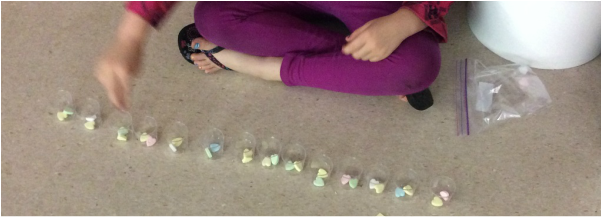
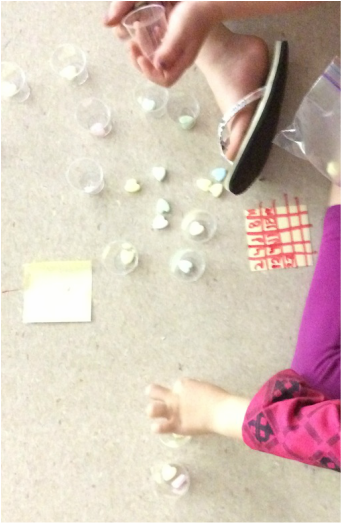
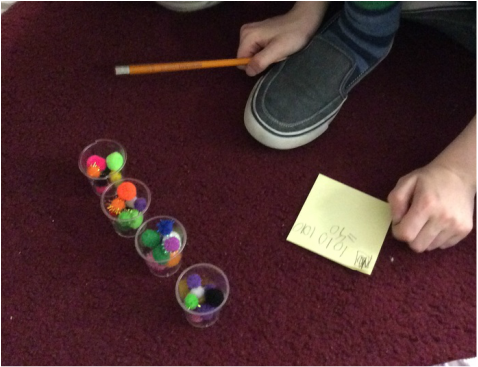
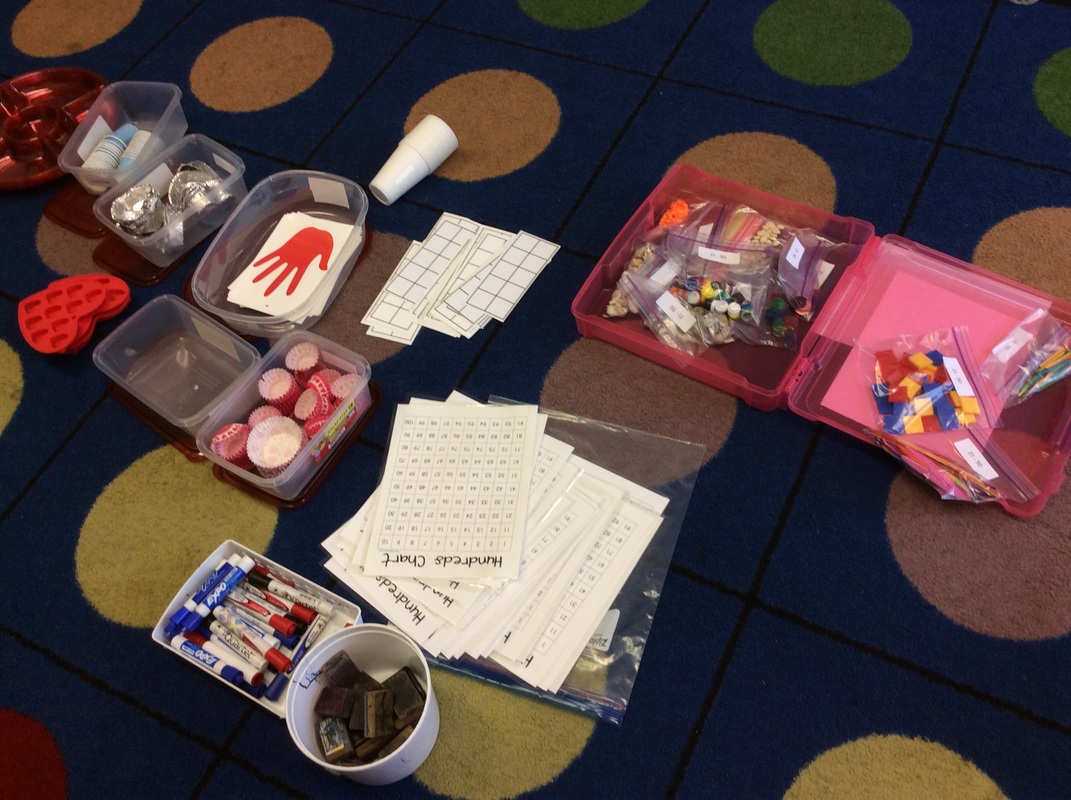
 RSS Feed
RSS Feed
